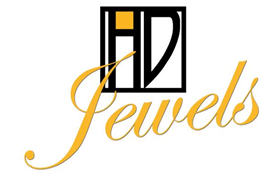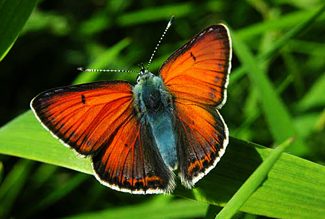Product Description
French butterfly brooch with banded carnelian agate, blue enamel and diamonds set in 18K gold, marks, c. 1950’s



French butterfly brooch with banded carnelian agate, blue enamel and diamonds set in 18K gold, marks, c. 1950’s
You must be logged in to post a comment.
FILIPPO TOMMASO MARINETTI (1876-1944) Italy
“Les Mots en Liberte Futuristes” 1919
Bound volume with folding plates
Edizioni Futuriste di “Poesia”
Published by Corso Venezia, 61, Milan
Dimensions:
Book: H: 8 15/8” x W: 5 1/16”
Custom leather box: H: 8 15/16” x W: 6 1/16” x D: 1 3/16”
Custom silk slipcase: H: 10” x W: 16 5/8” x D: 1 7/8”
With this fundamental book whose subject was the so-called “words-in-freedom,” F.T. Marinetti summarized about 15 years of research in the field of the renewal of poetic and literary language. This book features several typographic compositions spread in fold-out pages where the author shows his great creativity in typographic composition by using typefaces of very different style and size, as well as hand-designed typefaces and calligraphic writings. The results are of striking, impressive, visual effects that have since influenced many writers and poets.

Reviews
There are no reviews yet, would you like to submit yours?